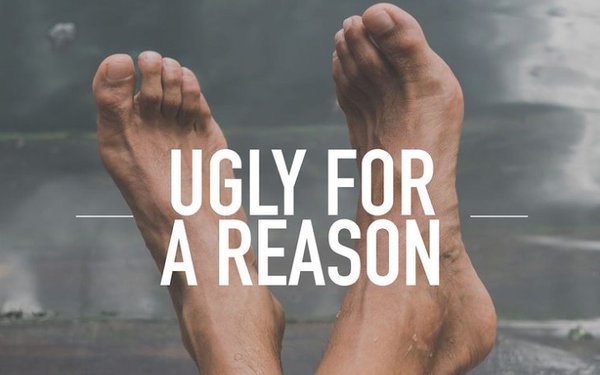
Forget fashion. Birkenstock's new "Ugly For A Reason"
campaign takes a brainy approach to foot science with a novel content campaign.
The effort includes a three-part video series explaining the evolution of the human foot over millions of years.
Professors of anatomy detail how people transitioned from trees to sidewalks, developing painful foot issues along the way.
The videos, produced by New York Times' T Brand Studio, are running on the Times’ and Birkenstock's website and all its social
channels.
"Ugly for a reason" is meant to play with the widely held perception of its sandals, says Jochen Gutzy, Munich-baed director of corporate communications.
But it's also about
more. "So many people find their feet are ugly, especially women. We have a tendency to hide our feet," Gutzy says. "We're all born with healthy feet but start to have problems. Our feet are getting
deformed because of our footwear."
advertisement
advertisement
He tells Marketing Daily the campaign fits perfectly with the brand's soft-sell approach. "We don't even have an advertising or marketing department,"
he says.
Customer recommendations have almost entirely fueled the company’s growth. "Our consumers recommend the product to friends and publish reviews. We focus on the product, and the
consumer is doing a bit of the marketing for us."
Gutzy says Birkenstock decided to pursue an educational effort to connect to its roots. "Back in the 1920s, shoemaker Konrad Birkenstock
was busy giving health lectures on foot mechanics," he says. "We asked, 'How would he have reached out to consumers today?' He would have done something like this."
The choice of content
partner also builds on that. "At a time that is so often described as 'post fact,' we thought that for an orthopedic brand rooted in science, it's a good thing to collaborate with the New York
Times."
The videos make it clear why Birkenstocks shoes are ugly. "They need to look exactly the way they look," Gutzy says. "There's an explanation behind that."
Plenty of people
have long been slipping into the boatlike sandals the minute they kick off uncomfortable dress shoes. While sales have been rising steadily for the last decade, during "this COVID trend of
casualization, with people out to make themselves comfortable, we've seen extra growth."
In 2012, the company sold 12.3 million pairs of shoes. "Today, it's 30 million pairs of shoes, and
we're heading toward 40 and 50 million pairs."
The U.S is its biggest market, and its sales are split almost evenly between men and women.
Gutzy says that to many people, the brand
means confidence. "If you buy a pair of Birkenstock, you also buy a set of values: authenticity, honesty, straightforwardness, maybe a little bit of rebel thinking."